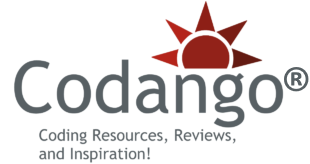When I talk about the four-legged stool of AI growth, the first leg is API. The second is Markdown. Each leg gives you more balance, more stability, and more control over how you use AI in your work.
Markdown sounds like another piece of jargon, but it’s really just a way of writing text with simple rules for structure. If you’ve ever outlined a Word document with headings, subheadings, body text, and bullets, you already understand the idea. Markdown does the same thing, but it does it in plain text, which makes it both easier for people to read and easier for an AI to understand.
Here’s why this matters. Most company knowledge isn’t structured in a way that AI considers useful. It lives in long documents, slide decks, or emails that are hard to parse. When you move that same knowledge into Markdown, you are giving it shape. The AI can see where one idea stops and another begins. That makes its answers more accurate because it is not guessing at boundaries.
The benefit doesn’t stop there. Because Markdown is structured, you can also request that the AI return output in Markdown. Once you have that, you can convert the exact same file into a Word document, a Google Doc, or even an HTML page for a website. One source file can travel into whatever format you need.
For example, a short piece of Markdown text like this:
markdown# Lesson Title
Objective
Explain the purpose of the training.
Steps
- Step one
- Step two
- Step three
can be exported as a Word document with headings, or instantly published as a clean webpage in HTML. The structure stays the same, the presentation shifts to fit the audience.
This also connects to how large language models learn from data. When knowledge is broken into pieces, the system creates embeddings, which are like fingerprints for each chunk of text. If you chop by word count alone, you risk cutting in the middle of a sentence and losing meaning. With Markdown, the chunks naturally follow the sections. That makes retrieval stronger because the boundaries make sense.
So Markdown isn’t just another format. It is a way to bring order to your knowledge so both you and the AI can use it more effectively. It gives you one clean source that can be reshaped into many outputs. That’s the power of the second leg of the stool. And once you are steady on it, the rest of the stool begins to feel a lot more secure.
